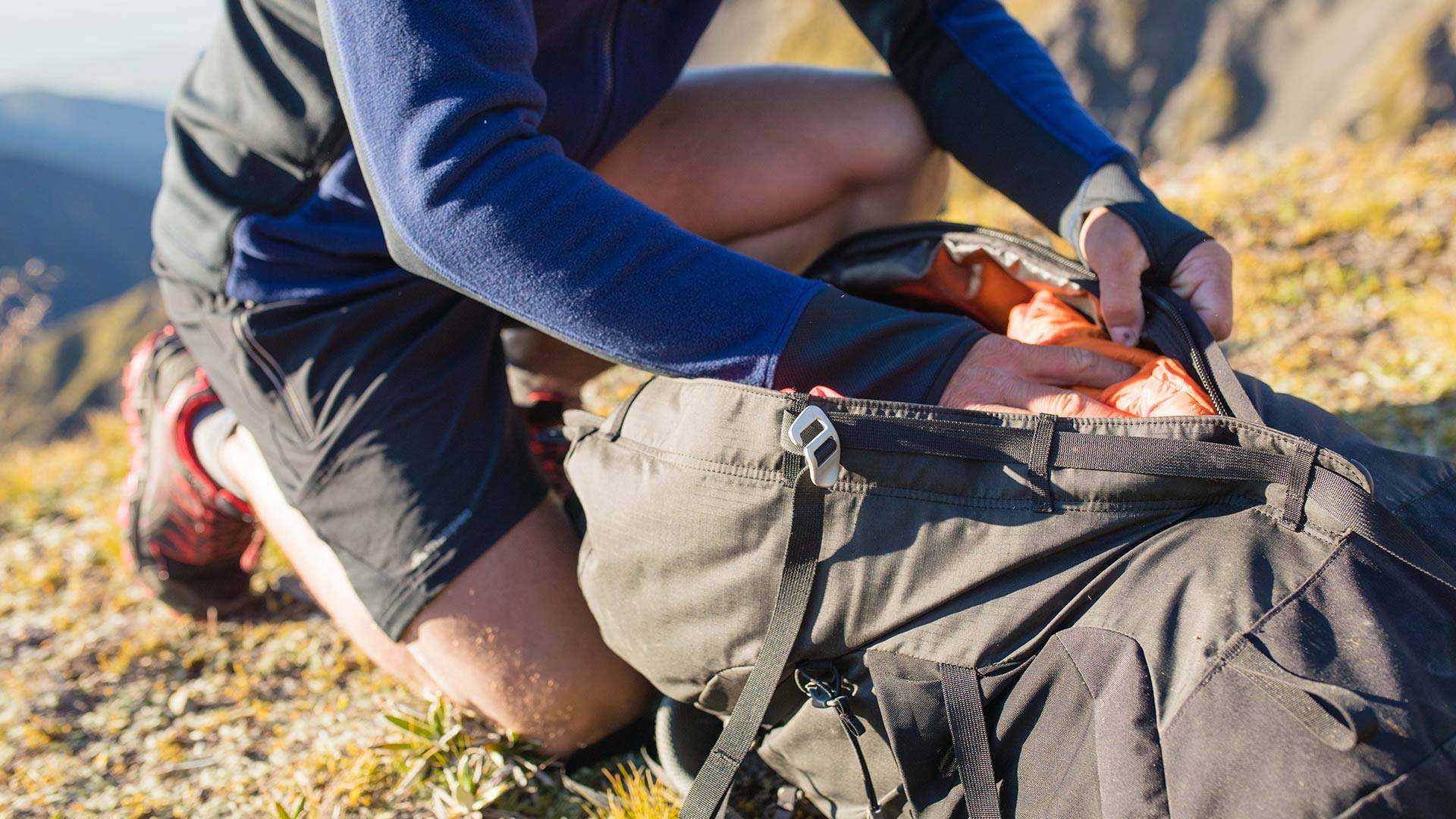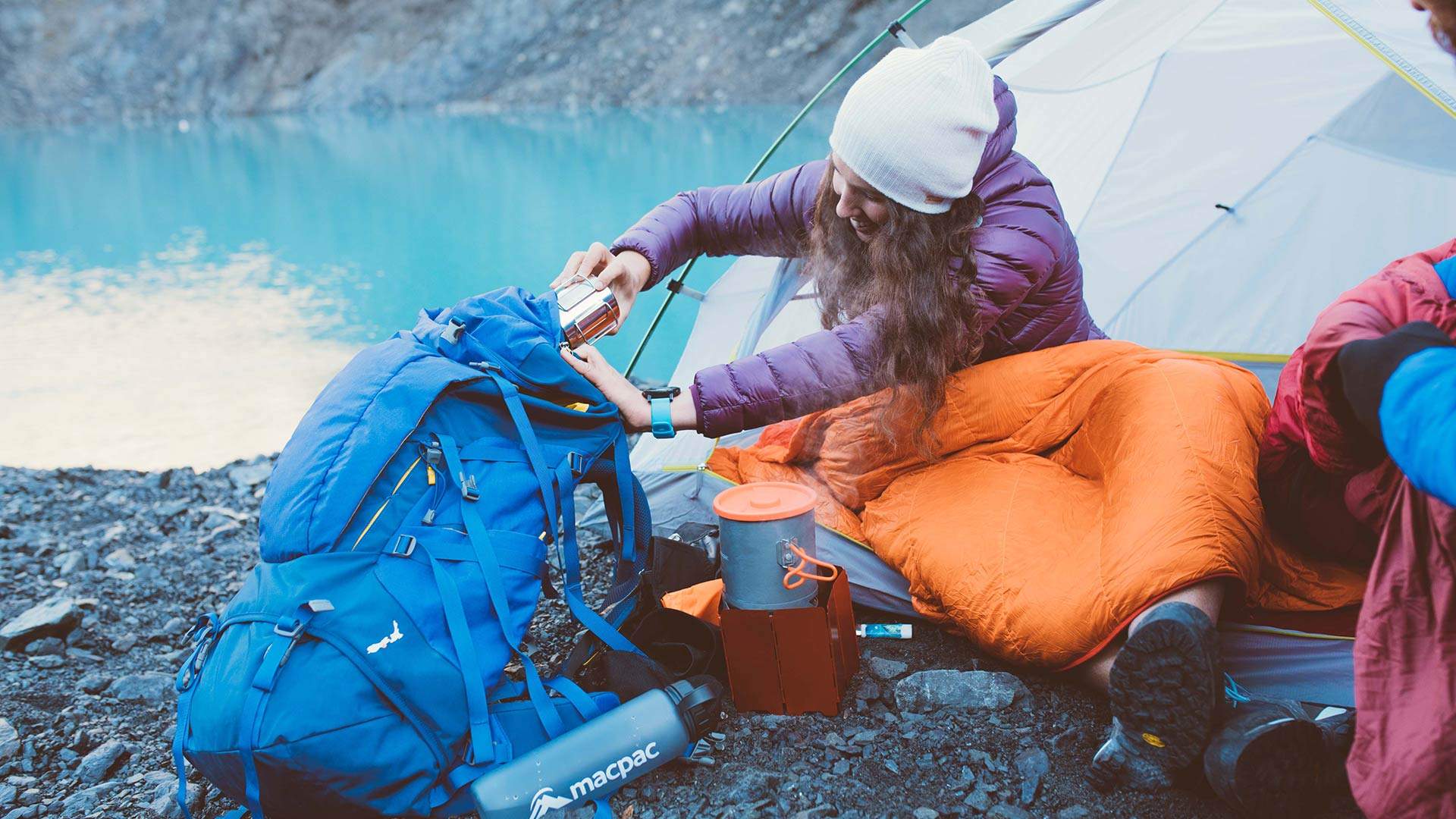Everything You Need to Consider When Planning an Overnight Hike
Embarking on a trek soon? This to-do list will help you stay safe, warm and ready for anything out in the wilderness.
In partnership with
Australia has so much wonderful wilderness that spending a few days trekking up hills and down mountains is something everyone should try at least once. But doing so is not something that anyone should take lightly — from safety steps, to preparing food and drink, to having the ideal gear, being suitably prepared for your journey is a must before heading off.
Since 1973, Macpac has been ensuring that both new and experienced hikers get the most out of their overnight treks, all thanks to a range of technical clothing and outdoor gear that can handle any type of climate. So, we teamed up with the brand — in celebration of the opening of its new Adventure Hubs — to help you get properly kitted out and put your plan in place. It's time to go trekking.


HIKE AT THE RIGHT TIME
It probably doesn't come as much of a surprise, but Australia's weather can be pretty temperamental. So when it comes to overnight hiking, it's important to choose a track that's going to have the right conditions for when you're planning to set off.
Throughout the year, many hikes can change dramatically thanks to heavy rain or snow, with some becoming inaccessible altogether. Ensure that you're not caught out in the wrong place at the wrong time by researching exactly where you're heading — and by keeping an eye on the weather forecast so you always have the appropriate gear.
Pack this: Less is Less Rain Jacket in women's and men's styles ($329.99)


MAKE A PLAN AND STICK TO IT
Whenever you set out for an overnight trip into the hills, having a travel plan that you can stick to is the best way to avoid a bad situation. There are plenty of things to consider but, if it's possible, you should seek advice from the local Parks Victoria office or experienced local hikers so that you know what to expect when you arrive. (Plus, this way you may get some hints to some epic sights and views.) But bear in mind that if conditions change and any dangers arise, it's better to scrap the plan and cut your trip short than to keep pushing forward.
Also crucial: making sure that you leave a detailed itinerary for someone at home, who can then raise the alarm if you don't return by your expected time. Include where you're going, the route you plan to take and how long you think you'll be gone for. You can also head to the Macpac website to make use of its helpful planning tool.
Pack this: Suunto Spartan Sport Watch ($699)


TAKE EXTRA FOOD AND WATER — JUST IN CASE
More is more when you're heading off on an overnight hike — that is, it's always advisable to take more food and water than you think you'll need. And while packing food can be a bit of a challenge, you'll be thanking yourself if you largely opt for lightweight, dehydrated and non-perishable foods. As a general guide, you'll want to try to consume around 12,500 kilojoules or more per day; for water, it's recommended that you drink 250 millilitres for every 30–45 minutes of hiking.
In terms of what to pack, many hikers prefer simple products that are easily stored like muesli bars, oatmeal sachets and basic pasta. But if you're feeling ambitious, here are a host of awesome camp food ideas that you can try if you consider yourself a bit of a chef around the fire.
Pack this: Hydration Reservoir 3L ($59.95)


PICK YOUR GEAR WISELY
Bringing all of the right gear is going to make your overnight hike smoother and more enjoyable — plus, you'll feel like a seasoned adventurer. If you're the forgetful type, pack early and have a checklist of all the things you know you'll need. One thing that people often don't remember is just how useful a headlamp is, especially if you've ever tried cooking in the dark with one hand occupied by a torch. That also means bringing along some spare batteries, while sunscreen, a first aid kit and a paper map are always good ideas as well.
Next, you need to consider if the gear you currently own is going to be suited for the climate that you're heading into. Consider upgrading your tent, sleeping bag or winter clothing if you think things might get a little chilly. Many popular hiking destinations also have online packing lists, so checking them out will also help.
Pack this: Petzl Headlamp ($59.99)


LEAVE NO TRACE
Everyone loves Australia's pristine nature, so we all need to work together to keep it that way. Always plan to leave no trace when you go out hiking — that means carrying your rubbish with you and staying respectful of any wildlife you come across. Also, make sure that you're aware of any local camping regulations or environmental concerns in the area.
One particular warning to take note of: total fire bans. While everyone wants a campfire when they set up their tent for the night, bans are commonplace across Australia and must be followed. If having a fire is allowed, try to keep it small while also using fire pans or mounds, which help keep the flames safely under control.
Pack this: Scarpa Kailash Boots in women's and men's styles ($399.99)


DON'T FORGET ENTERTAINMENT
If storm clouds roll through and you find yourself stuck in your tent for a few hours, you might find that the conversation becomes a little stale. That's why bringing some light form of entertainment to keep yourself and others occupied never goes amiss. A deck of cards weighs next to nothing and is easy to carry, while paperback books (or a Kindle), magazines and audiobooks are other great ways to pass the time before you can hit the track again.

Top image: Visit Victoria.





